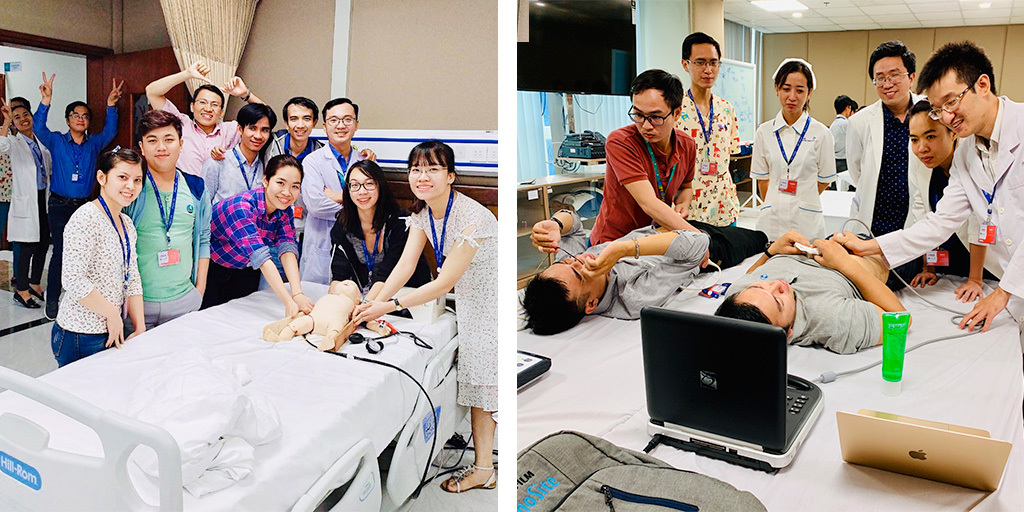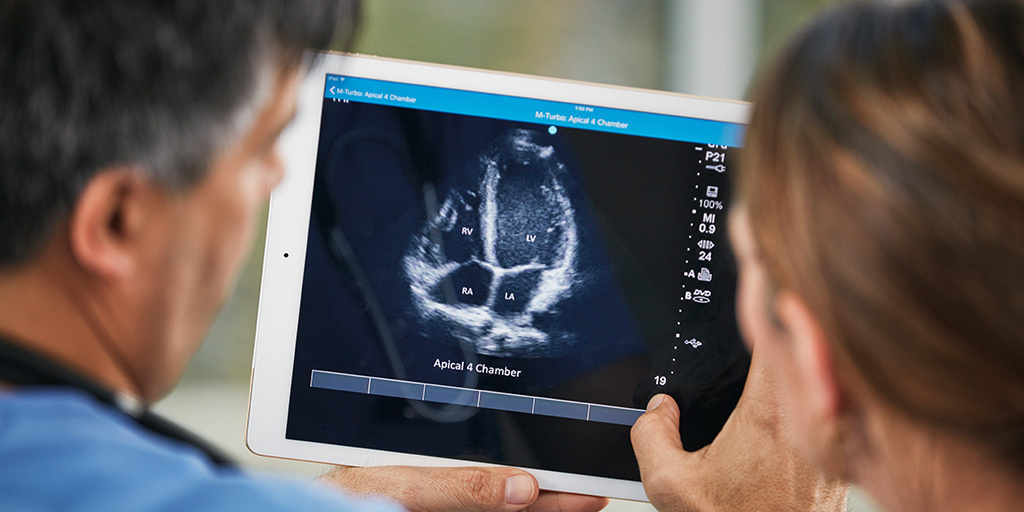The Role of Point-of-Care Ultrasound in COVID-19
ICU Management & Practice
Diku Mandavia, MD, FACEP, FRCPC, Chief Medical Officer at FUJIFILM Sonosite
Hospitals all over the world are working to rapidly expand their capacity to treat critically ill patients with COVID-19. To find out how hospitals on the frontlines of the pandemic are coping and the lessons learned that could help other hospitals prepare, FUJIFILM Sonosite’s Chief Medical Officer, Diku Mandavia, interviews Enrico Storti, the ICU Director/Unit Coordinator of the Emergency Department at Maggiore Hospital in Lodi, Italy.




